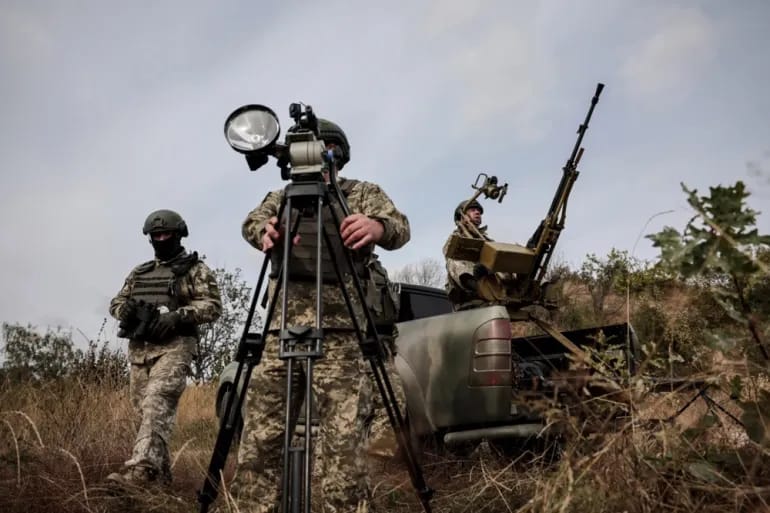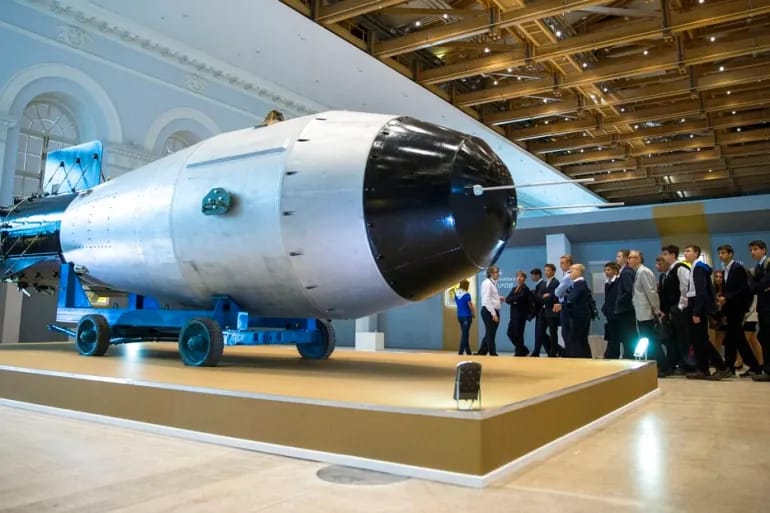As the Russia-Ukraine conflict stretches into its 591st day, the world continues to monitor the situation closely. On Saturday, October 7, 2023, significant events unfolded on multiple fronts, shaping the course of this prolonged war. Amidst escalating tensions, diplomacy, military exchanges, and regional security concerns, the conflict shows no signs of abating.
Intense Fighting and Condemnations
In a relentless struggle for control, Ukrainian air defense demonstrated resilience by downing 25 out of 33 attack drones launched by Russia. These strikes targeted various regions within Ukraine, including Odesa, Kharkiv, Mykolaiv, Dnipropetrovsk, Cherkasy, and Zhytomyr. This successful defense marks a significant blow to Russia’s offensive capabilities.
Ukrainian President Volodymyr Zelenskyy voiced concerns about Russia’s intentions, warning that Kyiv was gearing up to safeguard its critical power and heating facilities. These facilities are at risk of becoming targets as winter approaches, heightening the urgency of preparations.
Meanwhile, tensions escalated at sea, with reports of at least a dozen Russian vessels, including guided missile frigates, landing ships, and submarines, being moved from Sevastopol in annexed Crimea to the Novorossiysk Sea Port. This relocation comes in response to increased attacks on the Crimean Peninsula by Ukrainian missiles, drones, and raiding parties, adding to the maritime dimension of the conflict.
The International Rescue Committee strongly condemned a Russian missile attack on the village of Hroza in the Kharkiv region, which claimed the lives of 52 Ukrainian civilians. This grim incident prompted international outrage, with calls for a thorough investigation into a possible war crime. The UN High Commissioner for Human Rights has deployed a field team to probe the tragic event, emphasizing the need for accountability.
Mercenaries and Regional Instability
Russian President Vladimir Putin made controversial statements regarding the fatal plane crash that claimed the life of Yevgeny Prigozhin, the head of the Wagner mercenary force. Putin suggested that the crash resulted from hand grenades detonating within the aircraft, insinuating possible alcohol and drug involvement. However, these claims faced skepticism from military analysts and Russian military bloggers, who questioned the credibility of the narrative.
Moldovan President Maia Sandu revealed startling information about Prigozhin’s intentions, alleging his involvement in a plan to destabilize her government. She asserted that evidence pointed to Russia’s efforts to influence upcoming local elections in Moldova through bribery. These revelations underscore the extent of Russia’s influence operations in the region.
Regional Security and Diplomatic Moves
Concerns over regional security intensified as Russia hinted at revoking its ratification of the Comprehensive Nuclear Test Ban Treaty (CNTBT). Russian lawmaker Vyacheslav Volodin attributed this potential move to changing global dynamics, alleging aggression from Western powers. This development raises concerns about the nuclear non-proliferation regime.
In a separate incident, a Russian MiG-31 fighter jet intercepted a US Navy P-8A Poseidon patrol plane in the Norwegian Sea, highlighting ongoing tensions between Russia and NATO countries.
To bolster Ukraine’s defense capabilities, Sweden’s Defense Minister Pal Jonson announced a substantial military aid package of 2.2 billion Swedish crowns ($199.44 million), primarily comprising ammunition and spare parts. This support reinforces Ukraine’s resilience against Russian aggression.
In the Black Sea, a Turkish-flagged cargo ship narrowly escaped damage when a sea mine detonated. The ship continued its journey to Ukraine to deliver its cargo following safety checks.
In the realm of sanctions, a Ukrainian court froze the assets of three prominent Russian businessmen, Mikhail Fridman, Pyotr Aven, and Andrey Kosogov, citing their alleged support for Russia’s war. These individuals, considered part of President Putin’s inner circle, face economic restrictions in Ukraine.
Lastly, Ukraine’s parliament approved a significant increase in defense spending for the remainder of 2023, allocating an estimated $8.28 billion. This move underscores Ukraine’s determination to strengthen its military capabilities.
As this conflict rages on, the international community closely watches the developments in the Russia-Ukraine war, and the situation remains fluid and volatile. Diplomatic efforts, regional security concerns, and humanitarian crises continue to define the landscape of this protracted conflict.
















